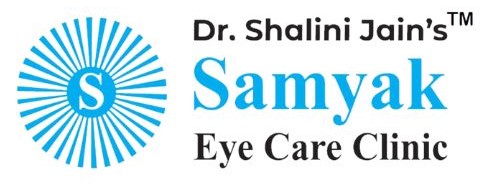
OCULAR THERAPEUTICS (EYE EXERCISES)
A). ORTHOPTICS & PLEOPTICS
The evaluation and nonsurgical treatment of visual disorders caused by imbalance of the eye muscles, such as squint (strabismus).The art of treating visual defects by exercise and retraining in Visual habits is called Orthoptics.
B).VISION THERAPY
Vision therapy – a type of physical therapy for the eyes and brain — is a highly effective non-surgical treatment for many common visual problems such as lazy eye, crossed eyes, double vision, convergence insufficiency and some reading and learning disabilities. Many patients who have been told, “it’s too late,” or “you’ll have to learn to live with it” have benefited from vision therapy.
In the case of learning disabilities, vision therapy is specifically directed toward resolving visual problems which interfere with reading, learning and educational instruction. Optometrists do not claim that vision therapy is a direct treatment for learning disabilities.
VISION THERAPY IS —
- A progressive program of vision “exercises” or procedures;
- Performed under doctor supervision;
- Individualized to fit the visual needs of each patient;
- conducted in-office, in once or twice weekly sessions of 30 minutes to one hour;
- sometimes supplemented with procedures done at home between office visits (“home reinforcement” or “homework”);
- (depending on the case) prescribed to — help patients develop or improve fundamental visual skills and abilities;
- improve visual comfort, ease, and efficiency;
VISION THERAPY IS NOT JUST EYE EXERCISES
Vision Therapy is not to be confused with any self-directed self-help program of eye exercises which is or has been marketed to the public. In-office Vision Therapy is supervised by optometric vision care professionals and various types of treatment devices are used (and some are regulated medical devices), such as:
- Corrective lenses (regulated medical devices);
- Therapeutic lenses (regulated medical devices);
- Prism lenses (regulated medical devices);
- Optical filters;
- Eye patches or occluders;
- Electronic targets with timing mechanisms;
- Computer software;
- Vestibular (balance) equipment;
- Visual-motor-sensory integration training devices;
- Change how a patient processes or interprets visual information;
The first step in any Vision Therapy program is a comprehensive vision examination. Following a thorough evaluation, a qualified vision care professional can advise the candidate as to whether Vision Therapy would be appropriate treatment.

